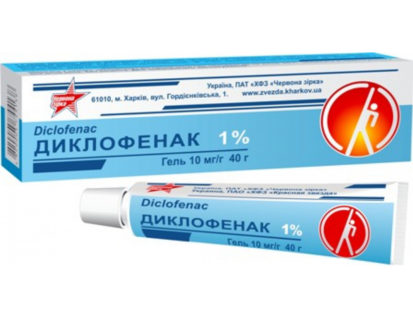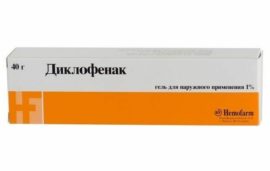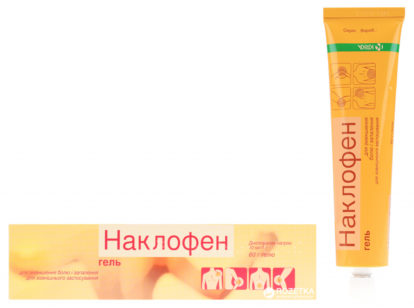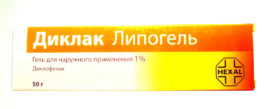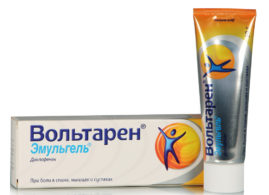The active ingredient of an external agent has important pharmacological properties from the point of view of patients and doctors. Gel "Diclofenac" after application to the skin over the focus of inflammation causes an analgesic effect. Thanks to the anti-inflammatory properties of the drug, the pain subsides, swelling decreases, and the range of movements increases.
Material Content:
- 1 Release form, composition
- 2 Pharmacological properties and pharmacokinetics
- 3 What helps gel?
- 4 Age restrictions on admission
- 5 Instructions for use Diclofenac gel
- 6 Can I use the gel during pregnancy and lactation
- 7 Drug Interactions with Other Drugs
- 8 Contraindications, side effects and overdose
- 9 Analogs of Diclofenac gel
Release form, composition
A gel is an intermediate “link” between two other dosage forms - cream and ointment. This "duality" has proven to be very useful and in demand. The active substances of gels and ointments penetrate deep into the skin. The ability to easily distribute and absorb well “makes” the gel with cream.
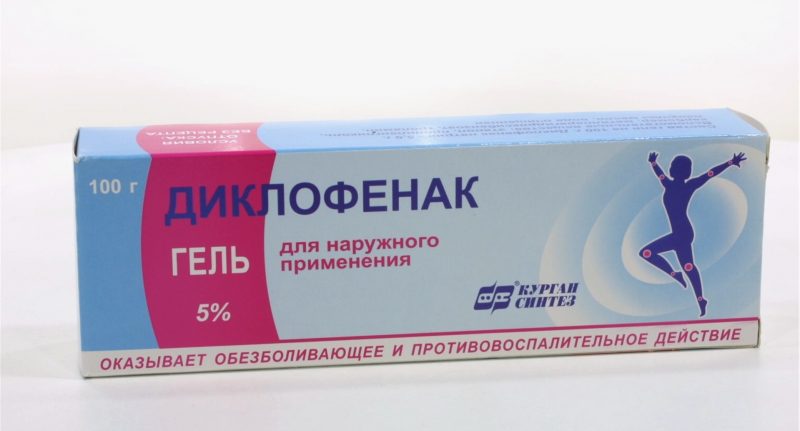
The drug "Diclofenac" in the form of a gel for external use is produced by the pharmaceutical company "Hemofarm" (Serbia), other companies in Germany, Russia, India, Romania. The product is a colorless or slightly yellowish gel, transparent, homogeneous.
The content of the active ingredient varies. More often you can find metal or plastic tubes in pharmacies with a volume of 30 to 100 ml filled with 1, 2 and 5% gel. The composition is complemented by auxiliary components - solvents and base. Isopropyl alcohol, acrylic polymers, polysorbate 80 obtained from olive oil, sorbitol and other compounds are present.
Pharmacological properties and pharmacokinetics
The active substance of the gel belongs to a vast and important class - non-steroidal anti-inflammatory drugs (NSAIDs), which also have an analgesic effect. Diclofenac inhibits cyclooxygenase enzymes, thereby affecting the metabolic conversion of arachidonic acid. There is an inhibition of the synthesis of prostaglandins, which are responsible for the development of the inflammatory process and the appearance of its main symptoms - redness, swelling, pain, fever.
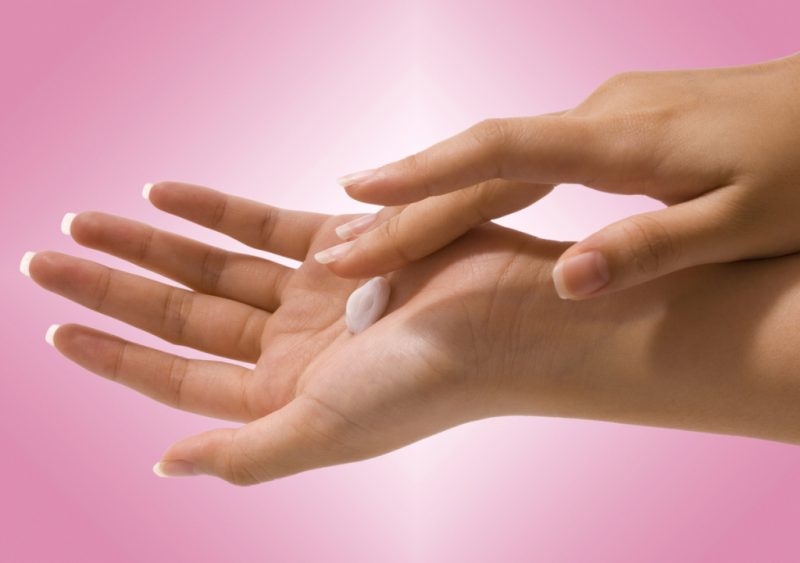
The most important therapeutic properties of the drug are anti-inflammatory, analgesic and antipyretic.
After applying the gel to the skin, diclofenac penetrates the lesion and reduces the concentration of prostaglandins. It is thanks to this action that the pain stops. External treatment with the drug is accompanied by a decrease in swelling of the tissues over the joint and muscles, and inflammatory edema at the site of the injury disappears.
Diclofenac is slightly absorbed by external use. The absorbed amount of the active ingredient does not have a therapeutically significant effect. The active compound does not accumulate in the tissues, is removed in the form of metabolites with urine and bile.
What helps gel?
Many health problems are accompanied by pain. It occurs with injuries, significant stresses on the body. Paradoxical as it sounds, physical suffering is necessary for recovery. If inflammation occurs in the body, then pain, redness and swelling signal a problem.

It is necessary to treat the causative disease and eliminate its unpleasant manifestations. There is no need to put up with physical suffering. Pain, if associated with inflammation, can be eliminated with non-steroidal anti-inflammatory drugs (NSAIDs). Unfortunately, they less affect the cause of the disease, mainly stop the symptoms.
Gel "Diclofenac" is widely used for symptomatic therapy in inflammatory and degenerative lesions of the musculoskeletal system.
- An external agent helps with osteochondrosis, rheumatism, arthritis of various origin and localization, with ankylosing spondylitis.
- The drug reduces pain in sciatic neuralgia, lumbago (lumbago), myalgia, damage to extraarticular tissues.
- Other indications for applying the product are inflammation as a result of damage to the tendon, muscle, joint, sprains, injuries.
Knowing what Diclofenac gel helps, you can quickly curb pain.
Age restrictions on admission

The ban on treatment with Diclofenac gel in any concentration is valid for patients under 6 years of age. Allowed, but with caution, the use of the elderly.
Instructions for use Diclofenac gel
The duration of therapy depends on a number of factors. On average, the gel is used from 3 to 14 days. If there are no improvements, then you should contact a specialist.
Instructions for use contain information on how to apply the Diclofenac 1% gel and the dosage of the drug:
- Squeeze a strip of gel the size of the first two phalanges of the index finger (not more than 8 cm, which corresponds to 4 g).
- The tool is distributed in a thin layer on the skin over the focus of pain, easily rubbed with the fingertips.
- Apply the drug three or four times a day, without a bandage.
- After using the gel, be sure to wash your hands.
Avoid contact with open wounds, scratches, eyes, mucous membranes.
The likelihood of developing systemic side effects is higher if the dosage regimen is not followed. It is recommended not to use the product for more than two weeks without consulting a doctor of the relevant specialty. It should not be applied to large areas of the skin and apply "Diclofenac" for a long period of time.
Can I use the gel during pregnancy and lactation

The use of the external drug "Diclofenac" is contraindicated during the period of gestation and breastfeeding of the child. As doctors explain, the risk to the fetus rises in the III trimester.The first 6 months you can use the tool, observing all the precautions. If there is an urgent need to use the gel during pregnancy and lactation, then reduce the dosage. At the time of treatment, breastfeeding is stopped.
Drug Interactions with Other Drugs
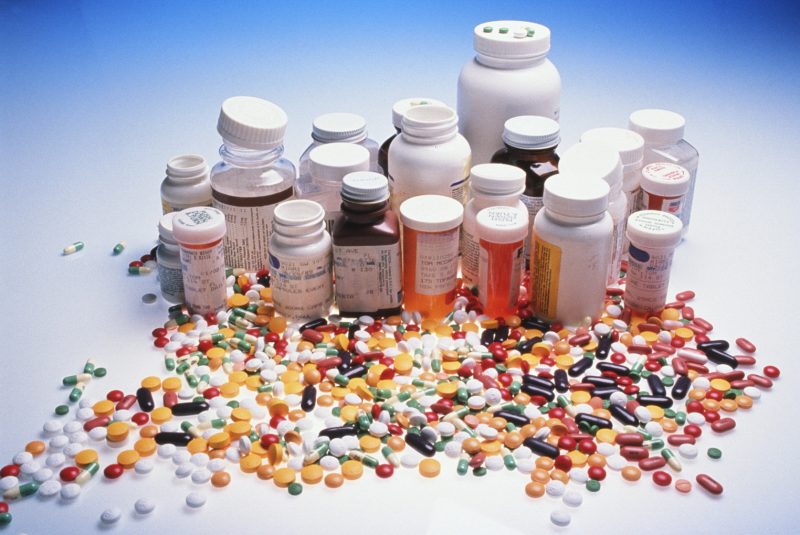
- Diclofenac enhances organ damage with photosensitizing drugs.
- Sulfonamides, tetracycline antibiotics, griseofulvin, antipsychotics increase light sensitivity.
If you simultaneously take one or more drugs from this list and apply the Diclofenac gel, skin reactions may appear, as after a sunburn or with allergic dermatitis.
The combination of the external use of the gel with the ingestion of other drugs does not have serious consequences.
Contraindications, side effects and overdose
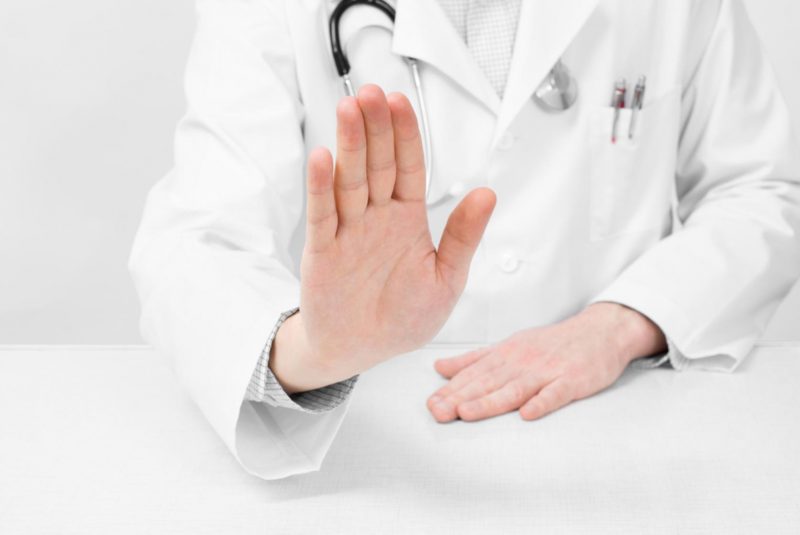
- A serious obstacle to external therapy with Diclofenac is considered to be the defeat of vital centers of metabolism, disinfection and elimination of toxins - the liver and kidneys.
- Also a contraindication is individual hypersensitivity to the ingredients in the composition, to other NSAIDs, especially to acetylsalicylic acid.
- "Diclofenac" is not used in case of violation of the integrity of the skin at the place of application of the drug.
The skin may react unusually to the gel. Hives, itching, redness and swelling appear as in contact dermatitis, acne (papules), vesicles, peeling. Systemic side effects occur with prolonged use. Manifested by photosensitization, abdominal pain, dyspepsia, extensive skin rash, bronchospasm. Rare and very serious consequences of the use of the drug: angioedema (Quincke), anaphylaxis.
An overdose is unlikely, since the absorption of the external drug is negligible. If you accidentally swallow the gel, you should rinse the stomach, take activated charcoal.
Analogs of Diclofenac gel
Many drugs contain the same active ingredient, have a similar shape and indications. In Russia, Diclofenac gel is produced 5% and 1% in aluminum tubes of 30 or 50 g. Full analogs are products manufactured in Germany under the trade name Voltaren Emulgel. The preparations contain 1 or 2% diclofenac sodium.
A German pharmaceutical company produces Diklak Lipogel for external use. Dosing options for different ages are indicated. Children from 6 to 12 years old should apply the gel twice a day. Persons over 12 years old can use the product for applying to the skin three times a day. The same instructions are given in the instructions for other analogues.
Diklak gel contains 5 times more active ingredient than Diklak Lipogel. Indications and contraindications are identical, only a single dose of the drug is less than 2 g. The drug is recommended to be applied 2 or 3 times a day.
There are other complete analogues of Diclofenac gel:
- Diclofenacol;
- "Naklofen";
- Diclobene
- "Diklovit";
- Diclogen
- Dicloran
- Ortofen.
Group analogues of Diclofenac gel contain active substances that belong to the same therapeutic group. Indomethacin is a related compound derived from acetic acid. An ointment with this active ingredient is available. Indications, restrictions on the use and contraindications of Indamethacin are the same as for Diclofenac gel.
Manufacturers, in the instructions for complete analogues of the drug, recommend using systemic NSAIDs and a gel with the active substance diclofenac sodium to enhance the analgesic and anti-inflammatory effects in diseases of the spine, joints, and injuries. This combination is possible only after consultation with the doctor of the dosage and frequency of administration.
Diclofenac is an active ingredient in rectal suppositories "Diklovit", capsules "Naklofen Duo", tablets "Voltaren Rapid", "Dicloran", "Diclofenac-Acre retard", "Naklofen SR". Diclofenac, falling into the stomach, begins to destroy its mucous membrane.With prolonged systemic treatment, discomfort in the upper abdomen appears, dull pains, nausea occur. Overuse of the drug contributes to the occurrence of ulcerative lesions of the digestive tract. The use of diclofenac in the form of rectal suppositories, gel or ointment is less harmful to the body.


